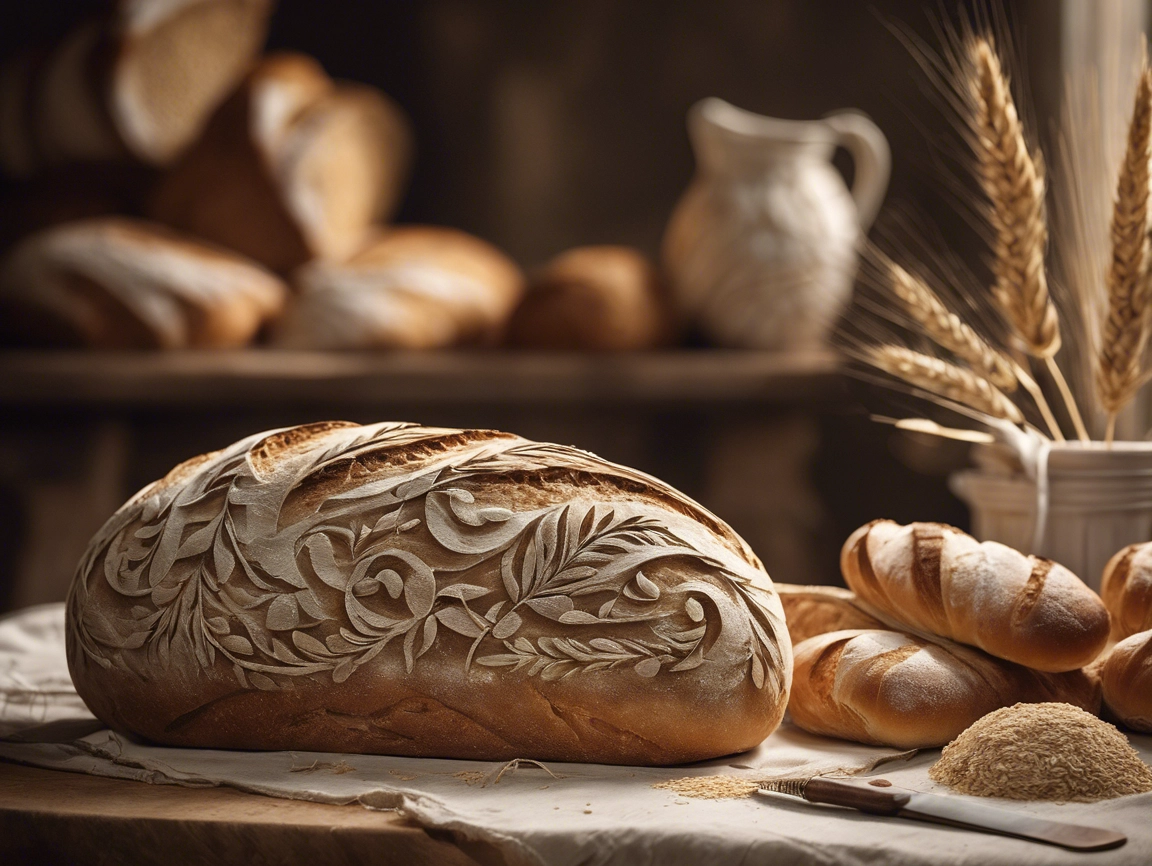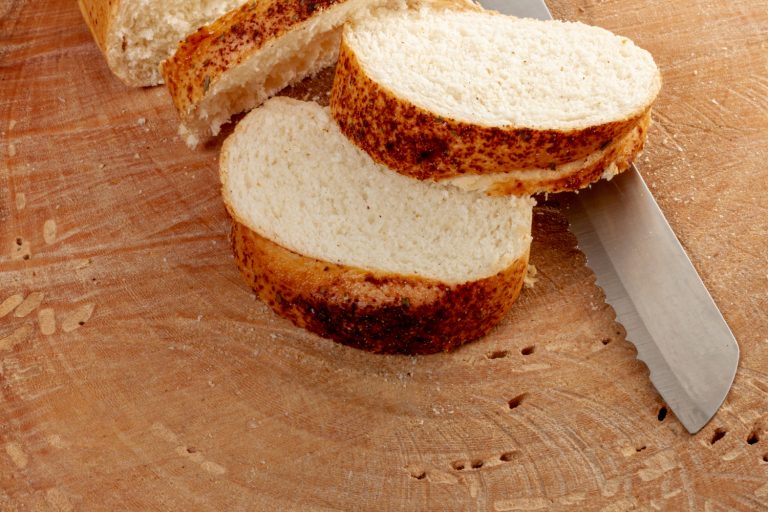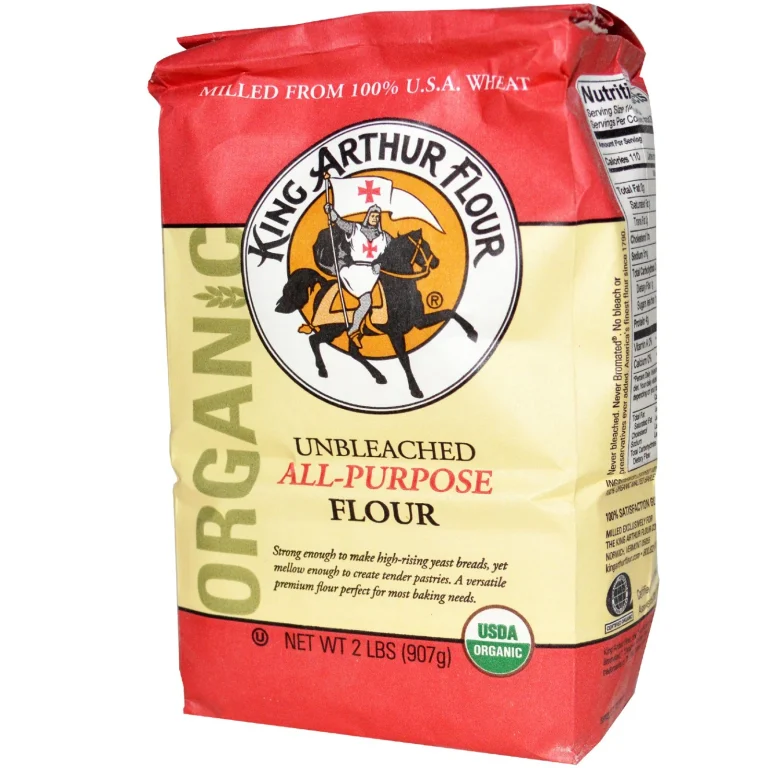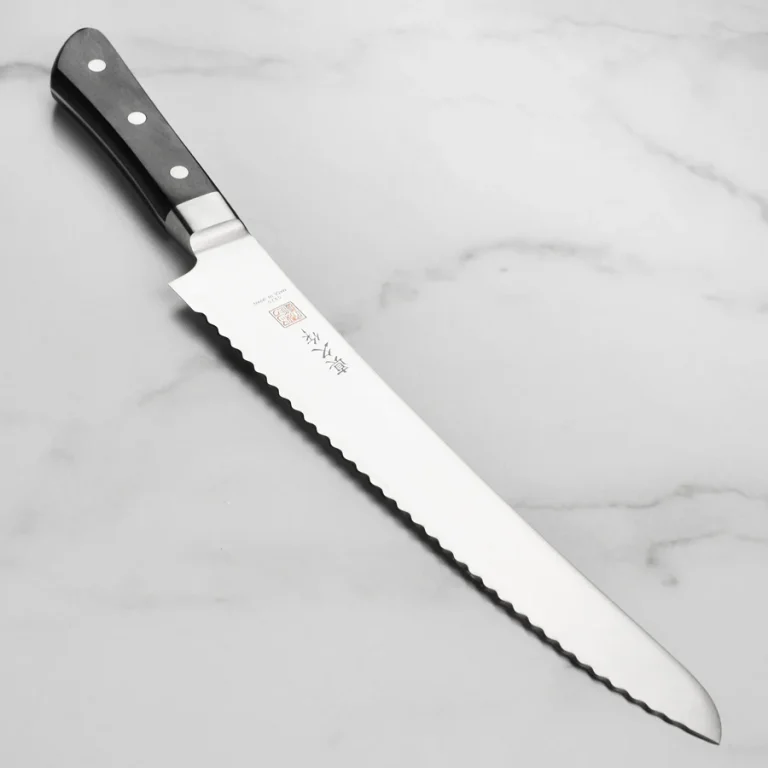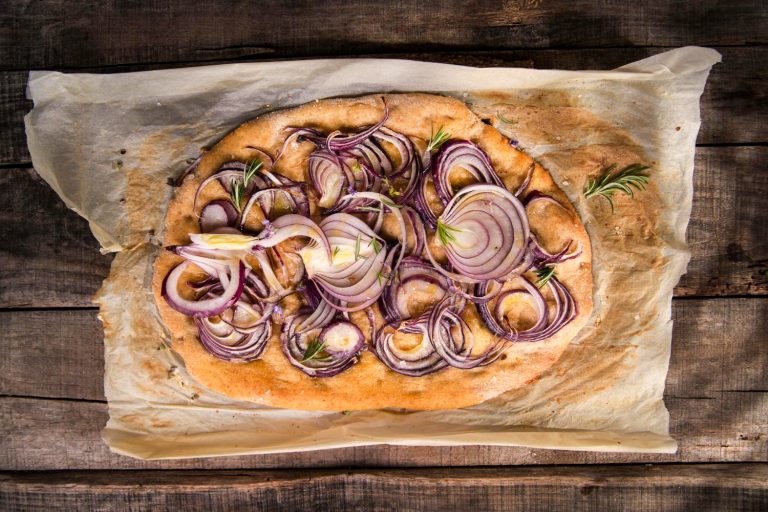How to Master Advanced Sourdough Scoring Patterns: Ultimate Guide
Beautiful sourdough scoring patterns turn ordinary bread loaves into stunning culinary art. These decorative cuts help control how bread expands during baking and create eye-catching designs that make homemade bread look professional. You can become skilled at these intricate patterns with understanding, practice, and proper technique.
Bakers need the right tools and knowledge to create these designs well. The right bread lame, proper scoring depth, and optimal surface tension are vital for beautiful results. This piece covers scoring techniques, decorative patterns, and practical tips for common scoring challenges that help bakers create professional-quality designs consistently.
Essential Tools and Techniques for Advanced Scoring
Sourdough scoring requires the right tools, and you must become skilled at basic techniques. Professional bakers use specialized instruments to create precise cuts and artistic designs.
Types of scoring tools
Advanced scoring techniques depend on selecting the right tools for various patterns. A bread lame is the primary scoring tool that combines a curved or straight razor blade with a handle to make controlled cuts. Bakers can create beautiful designs with these tools:
- X-acto knife – Perfect for straight, deep cuts and detailed patterns
- Double-edged razor blade – Best for shallow, intricate designs and curved patterns
- Surgical scissors – Great for textured designs and angular cuts
- Cake turntable – Helps create smooth, continuous scoring movements
Proper scoring depth
The proper scoring depth plays a significant role in bread expansion. The main score needs 1/4 to 1/2 inch depth, and decorative patterns work better with shallow cuts. Deep scoring can weaken the dough’s structure and shallow cuts lead to uneven expansion during baking. The baker should position the lame at a 45-degree angle that creates attractive “ears” when the bread bakes.
Creating surface tension
Successful scoring patterns rely on proper surface tension as their foundation. Bakers must develop a tight outer skin that maintains the dough’s structure during shaping. Careful folding and shaping techniques create this tension; minimal flour helps preserve the dough’s integrity. The dough’s surface tension remains intact even after refrigeration, which allows for cleaner cuts and better pattern definition.
Cold dough from the refrigerator offers better resistance and produces cleaner cuts. Bakers achieve optimal results by maintaining their tools properly and replacing blades regularly to ensure consistent scoring quality in multiple bakes.
Mastering Basic Scoring Patterns
Simple scoring patterns are the foundations for creating more intricate sourdough bread designs. These fundamental techniques require precision, practice, and understanding how dough responds to different cutting styles.
Single slash technique
A single slash is the primary scoring pattern and is an essential expansion score. Your cut should run 4-5 inches long and go 1/4 to 1/2 inch deep. The lame needs to move at a 45-degree angle. This simple technique helps you control the oven spring and creates that sought-after “ear,” which makes your bread look professionally crafted.
Cross-hatch pattern
A cross-hatch pattern blends both functional and decorative elements that create an even expansion across the bread’s surface. You can make this pattern work by following these steps:
- Start with parallel cuts 4 inches apart
- Add perpendicular intersecting lines
- Keep the depth consistent for uniform expansion
- Score the dough surface at 90 degrees
Wheat stalk design
The wheat stalk pattern perfectly blends functionality and artistry in sourdough scoring. Bakers should create diagonal cuts that radiate outward instead of a central line that might cause unwanted splitting. Quick, shallow cuts at alternating angles should start from the bottom and work upward to achieve the wheat’s characteristic appearance.
Note that cold dough provides better scoring results when executing these simple patterns. The temperature contrast helps achieve higher oven springs and cleaner cuts. Quick, confident movements create clean lines, as hesitation can cause the blade to drag and create ragged edges.
The dough’s surface tension must be proper before scoring to achieve optimal results with these patterns. Each cut must be purposeful, whether a deep expansion score or a shallow decorative element. These foundational patterns help bakers create more complex designs and ensure proper bread development during baking.
Advanced Decorative Scoring Techniques
Artistic designs on sourdough bread need careful planning and precise execution. Experienced bakers sketch their patterns first and prepare their workspace for intricate scoring work.
Leaf and vine patterns
Natural designs add organic elegance to sourdough loaves. Bakers dust the dough with flour and use a toothpick to trace stunning leaf patterns. The design comes alive with shallow, swift cuts at 45-degree angles, creating a series of connected leaves along an imaginary central line. Vine patterns emerge through gently curved lines and small leaf cuts along the path, creating a flowing, natural appearance.
Geometric designs
Geometric patterns need precise measurement and careful execution. Bakers can achieve professional results by doing this:
- Sketch the design on paper first
- Use butcher’s twine as guidelines on the dough
- Create a grid pattern for consistent spacing
- Make swift, confident cuts at uniform depths
Professional bakers should maintain even spacing and use the razor’s corner to make precise angular cuts. Clean breaks between sections and consistent depth are essential for successful geometric patterns.
3D scoring effects
Three-dimensional scoring dramatically affects visual appearance with varying cut depths and angles. This advanced technique combines shallow decorative cuts with more profound expansion scores. You should start with the leading score that allows proper oven spring and add surrounding artistic elements at shallower depths. Skilled bakers use surgical scissors to create textured designs and precise angular cuts to achieve stunning 3D effects.
Advanced scoring patterns work best with proper dough temperature. Placing the dough in the freezer for 30 minutes before scoring gives you extra time for detailed work, resulting in cleaner cuts. Note that artistic scores must maintain uniformity despite being shallow so the design develops well during baking.
Troubleshooting Common Scoring Issues
Expert bakers face problems when creating complex scoring patterns. Knowledge of common problems and their solutions helps bakers deliver professional results consistently.
Dealing with sticky dough
Even expert bakers face challenges when trying to score sticky dough. Success depends on proper temperature management and flour preparation. You should refrigerate shaped dough for at least 30 minutes before scoring. This creates a firmer surface that works better with the blade. A simple dusting mix of 50% white rice flour and 50% all-purpose flour gives excellent contrast and prevents sticking. The dough becomes more easily handled when you put it in the freezer for 20 minutes before scoring.
Preventing pattern collapse
Bread patterns collapse mainly due to wrong fermentation timing and weak dough strength. Bakers can protect their design integrity through these steps:
- Score the dough right before baking to avoid deflation
- Create proper surface tension while shaping
- Watch bulk fermentation closely to prevent over-proofing
- Move scored loaves fast into preheated baking vessels
Pattern collapse usually signals over-fermentation. In these situations, bakers should reduce bulk fermentation time or switch to simpler scoring patterns that require fewer cuts.
Achieving clean cuts
Clean, precise cuts depend on your technique and tools. Swift, confident movements create better results than slow, careful scoring. Your cuts will be smoother if you dip the blade in water before scoring because this prevents dragging. You should clean your blades between cuts, especially when you have detailed pattern work, and replace dull blades quickly.
Temperature is a vital factor in achieving professional results. Cold dough gives you more control and cleaner cuts, while room-temperature dough might need additional chilling. Your scoring depth should just break the surface for intricate patterns. However, deeper scoring of 1/4 to 1/2 inch works better for main expansion cuts.
The dough’s hydration level often affects scoring quality. Detailed scoring becomes more challenging with higher hydration doughs, especially when you have geometric patterns. You might need to adjust hydration levels or choose simpler designs that work better with wetter doughs.
Conclusion
Beautiful sourdough scoring patterns come from technical excellence and artistic vision. You will get professional results when you pay attention to temperature control, choose the right tools, and make precise cuts. Surface tension, scoring depth, and dough temperature are the foundations of success. These technical elements combine with confident, swift movements and regular practice to create consistently beautiful scored designs.
Bread scoring lets bakers turn simple loaves into stunning centerpieces while they retain control over functionality. Every pattern, from simple slashes to intricate geometric designs, needs a deep understanding of dough behavior and careful preparation. [You can revolutionize your bread and pizza making with an authentic artisanal sourdough starter from The Yeast We Can Do – email [email protected] to get our premium starter that gives exceptional flavor and perfect crust development.] Your skills for advanced patterns will grow through patient practice with simple techniques, and proper troubleshooting knowledge will give consistent success with designs and dough conditions of all types.
FAQs
Q: What techniques are used to create patterns when scoring sourdough?
A: To score sourdough, use a lame or razor to make artistic incisions about 1/4 inch deep into the dough. Experiment with various patterns and shapes, including at least one expansion score. After scoring, place the sourdough in a preheated Dutch oven with a lid and bake per your recipe instructions.
Q: Why do I find it challenging to score my sourdough?
A: Scoring can be tough if the dough is very soft or at room temperature. Always use a sharp blade and attempt a quick, single stroke. If scoring remains difficult, consider chilling the dough in the freezer for about 20 minutes to firm it up before scoring.
Q: How can I improve my skills in scoring bread?
A: When scoring bread, be gentle yet quick and decisive with your slashes. For detailed or intricate patterns, make shallow cuts; for basic designs, make one or a few deeper cuts. This technique helps the bread rise and expand properly during baking.
